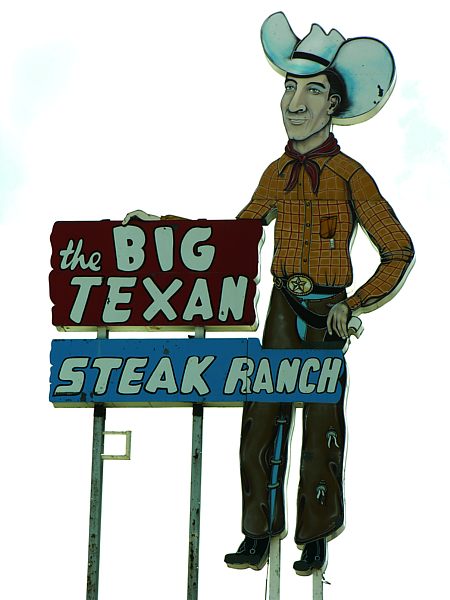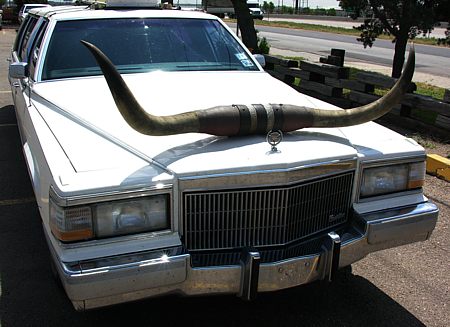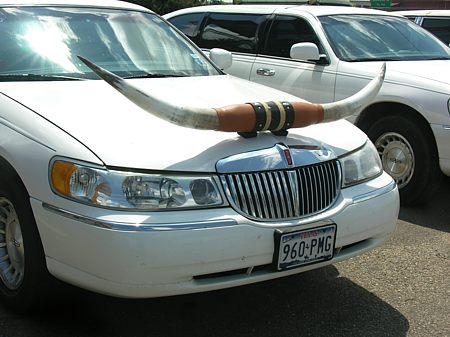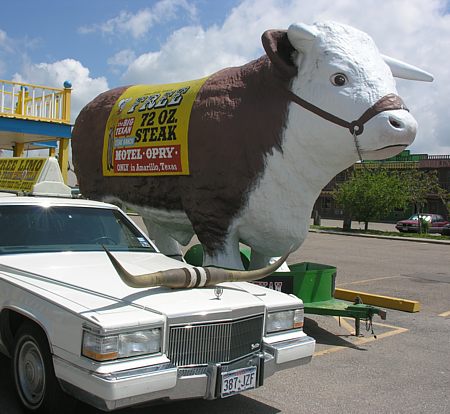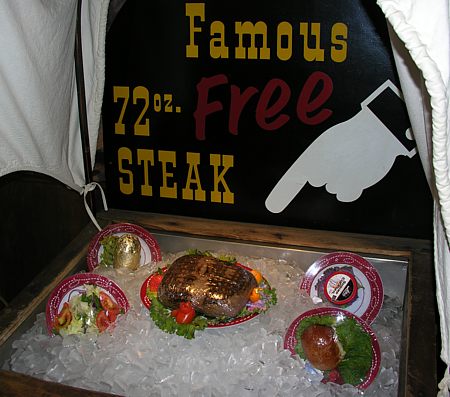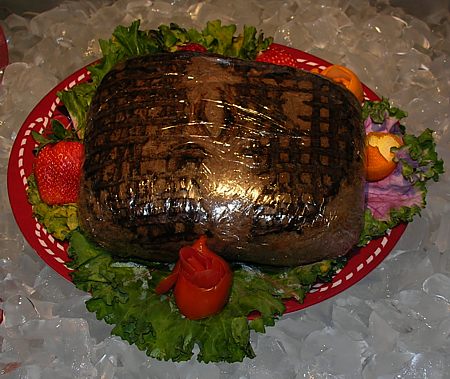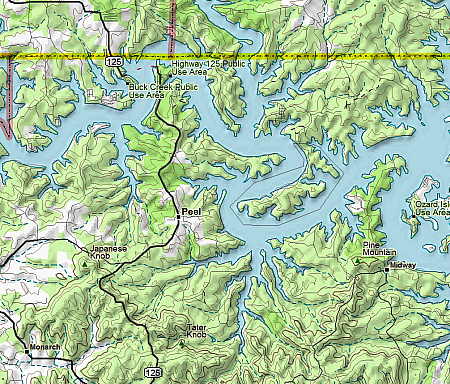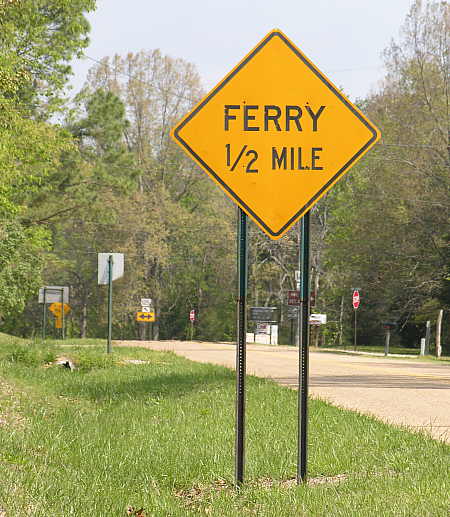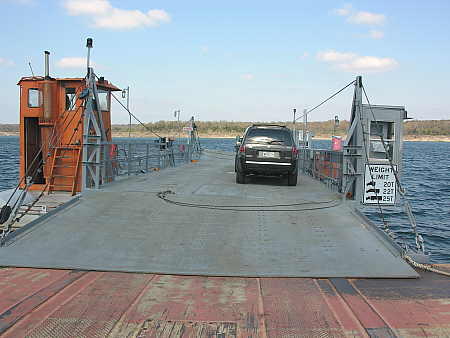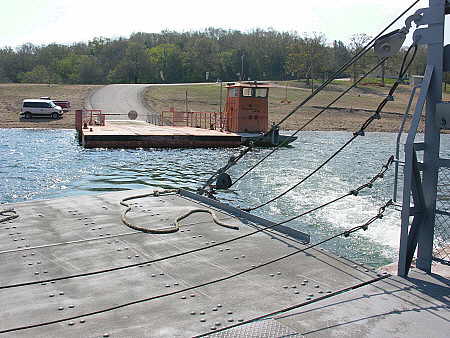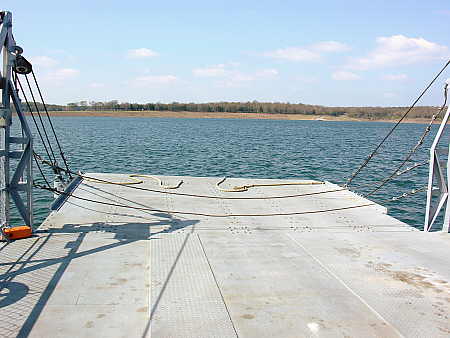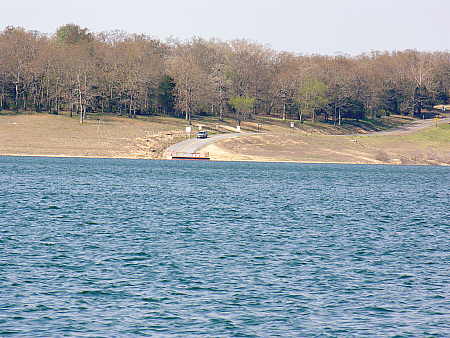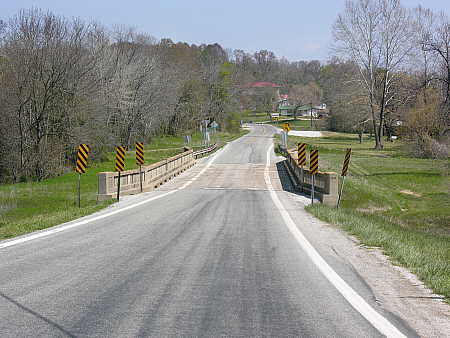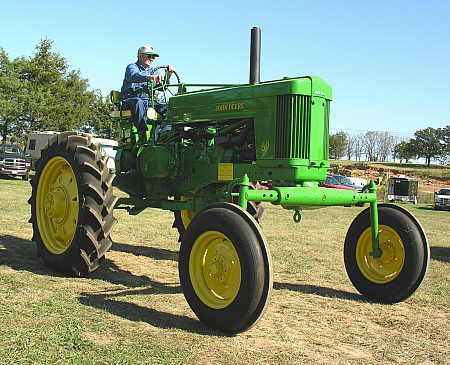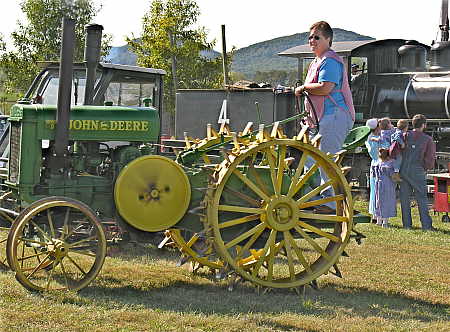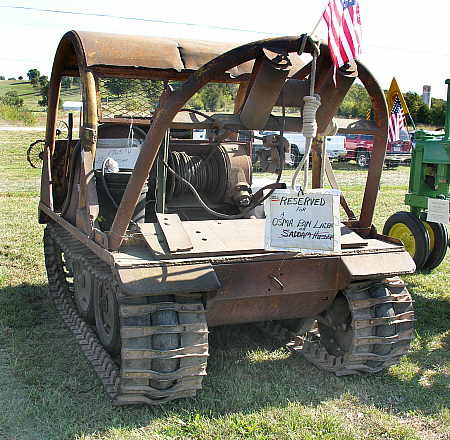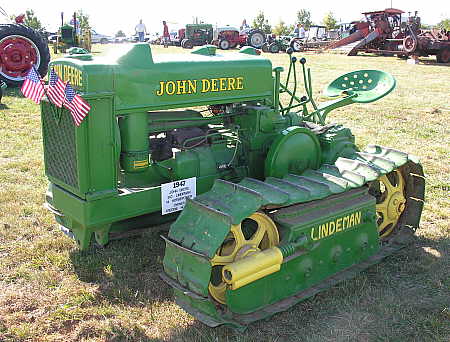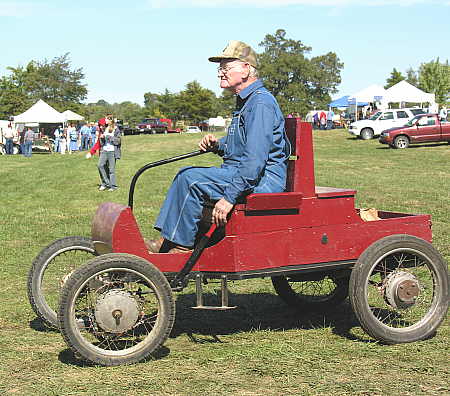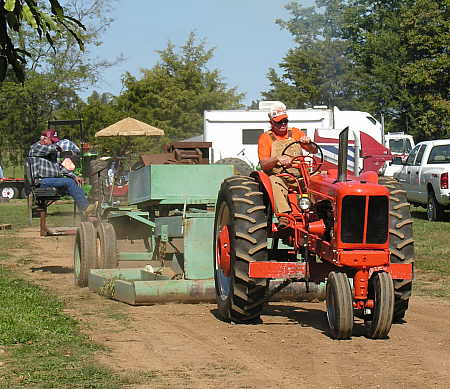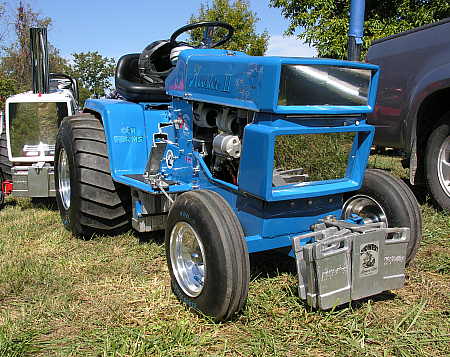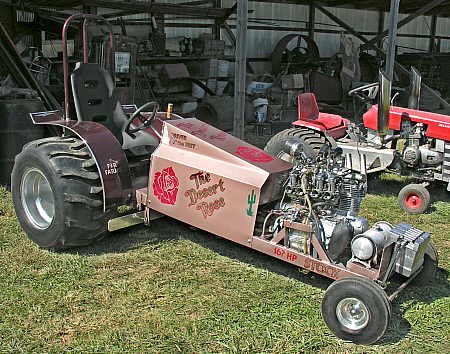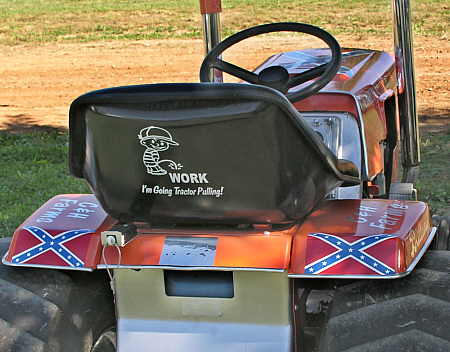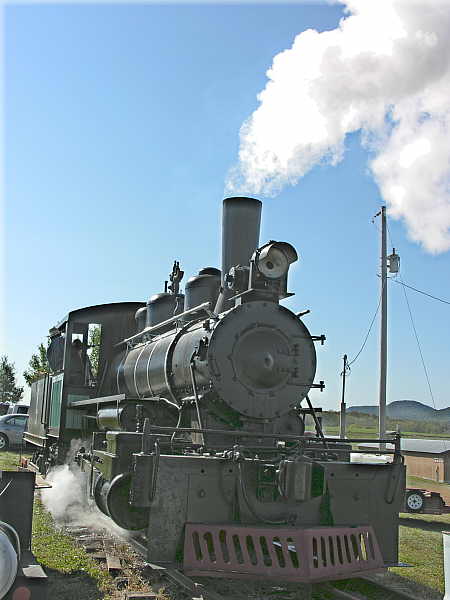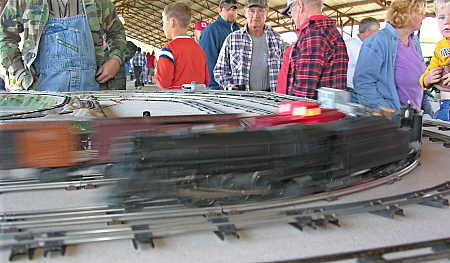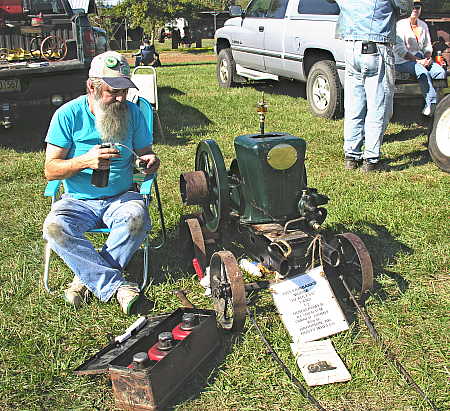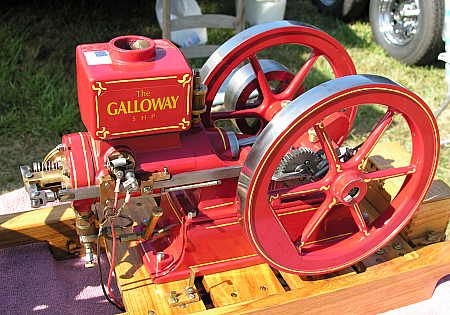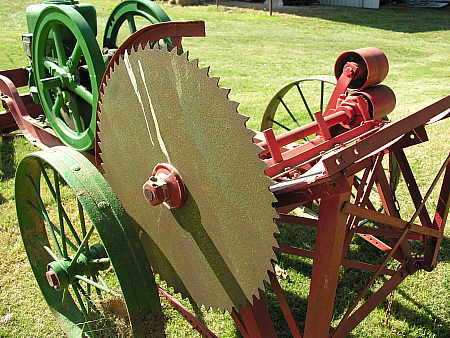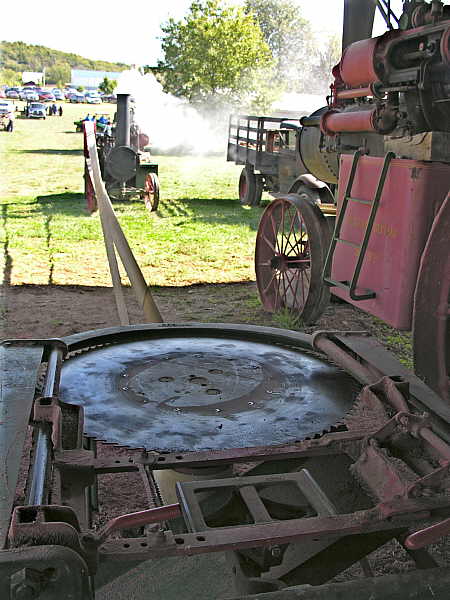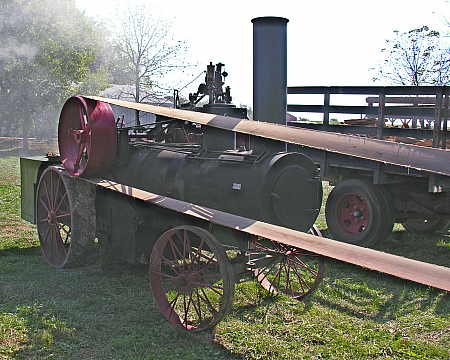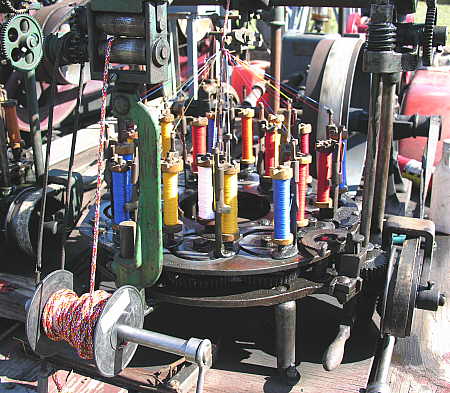Approaching Amarillo, Texas on Interstate 40, one can’t help but notice BIG signs urging motorists to stop in for a meal at the BIG Texan Steak Ranch. The BIG Texan has been operating in Amarillo since 1960. Even if you haven’t been to Amarillo, you may have heard the BIG stories about this restaurant, as it’s renown has grown in a BIG way over the past 47 years. The first time that I visited Amarillo, I wondered what the BIG deal was all about, so I stopped by the BIG Texan to sample their cuisine.
The first indication that you are approaching the BIG Texan Steak Ranch is the appearance of the BIG sign that rises to meet the sky outside the restaurant. The BIG cowboy on the sign is a stereotype of the long, tall Texan we have come to know in the Western movies of the past.
As soon as you pull into the parking lot, you become aware that something is a little different with this restaurant compared to others you have patronized. Exiting your vehicle brings you face-to-face with a BIG Cadillac limousine, adorned with the obligatory BIG Texas longhorn hood ornament.
Careful not to show favoritism for any one automobile company, the BIG Texan Steak Ranch also owns BIG Lincoln Continental limousines to compliment the Cadillac limousines. I counted six BIG white, Texas longhorn equipped limousines sitting in the parking lot, which are used to shuttle customers back and forth between area hotels and the restaurant.
In front of the BIG porch leading up to the restaurant you will encounter a BIG steer replica, which is mounted to a trailer and sits next to one of the BIG Cadillac limousines. OK, I’ll agree that this place is getting a little weird, but amusing never the less. Eventually, you will make your way into the restaurant, where you will see an old-fashioned shooting gallery, a gift shop, token-only slot machines, a rocking chair BIG enough to seat both Paul Bunyan and his BIG blue ox Babe, and a western style saloon area.
Finally, just before arriving at the maitre d’ station, the reason for the notoriety of the BIG Texan Steak Ranch becomes clear.  Almost legendary by now, the BIG Texan presents an amazing offer: finish eating a BIG complete 72 ounce steak dinner in less than 1 hour, and the meal is on the house. Fail the challenge, and it will set you back a BIG $72.00, plus possible additional medical expenses to repair your now abused innards!
There are conditions attached to the offer. First, you are required to pay for the meal prior to taking the BIG eating challenge. I guess the theory is that if an ambulance has to cart you away after attempting this bizarre feat, the staff will not have to worry about trying to settle the tab with an incapacitated diner laying on a stretcher. Successful diners will have their money refunded at the completion of the challenge. Second, the diner must consume the entire meal, which consists of a dinner salad, a shrimp cocktail, a BIG 72 ounce (4.5 pound) top sirloin steak, a BIG baked potato, and a dinner roll.  Fat or gristle need not be consumed, but the staff reserves the right to be the judge in this matter. Third, don’t expect this to be a private affair. Should you undertake this challenge, you will be escorted to a table set on top of a stage located in the center of the dining room. You will be the BIG focal point for the next hour, as other diners gawk, take pictures and video of you eating, and the staff provides running commentary regarding your progress. Behind you, a digital timer ticks down the time that remains, and by your side sits a lined trash can, in the (all too often) event that you can’t hold down the last bites of your dinner.
This is what a BIG 72 ounce top sirloin steak looks like. Let’s put this in some perspective. The newest USDA food pyramid suggests that the proper serving size for lean beef is 3 ounces. Therefore, to complete the BIG Texan eating challenge, one would have to eat a portion of beef that is 24 times greater that the USDA recommends! This steak contains about the same amount of beef as 45 McDonald’s hamburgers,  or 18 McDonald’s Quarter Pounders. Within the information contained in their on-line store, even the BIG Texan Steak Ranch admits that the 72 ounce top sirloin steak can be expected to serve 8-10 ordinary diners (or one hungry Texan).
Here are a few interesting tidbits of BIG Texan trivia:
Over 42,000 people have attempted the BIG Texan Steak Ranch challenge.
Over 7,000 diners have been successful in completing the meal.
The challenge was completed in 9.5 minutes by former Cincinnati Reds pitcher and BIG eater, Frank Pastore, one of his seven successful attempts!
The challenge is successfully completed by an average of two women per year.
The oldest person to successfully complete the challenge was a 69 year old grandmother.
The youngest – an 11 year old boy.
In the ’60’s, professional wrestler Klondike Bill consumed two of the dinners in the allotted one-hour time.
A couple from Henderson, Nevada have completed the meal at least ten times since 1995, usually finishing in less than 30 minutes.
If you happen to be passing through Amarillo, consider stopping by the BIG Texan Steak Ranch for a meal. If I happen to be there at the time, you can share a table with me as I attempt to consume a more sensible 12 ounce rib-eye steak. And I’ll take as much time as I need, thank you.


